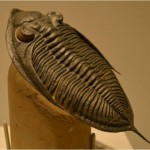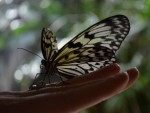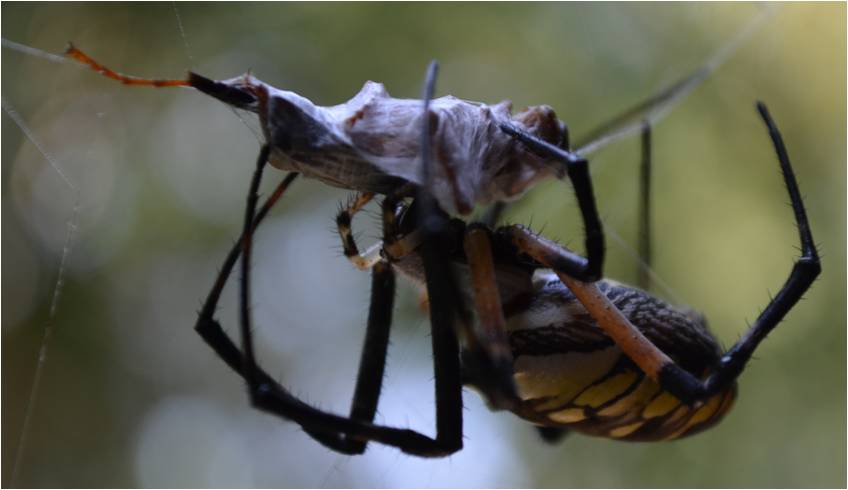 Like a lot of you, I used to be quite fearful of a number of arthropod species. That was until one chance encounter with an Argiope aurantia named Matilda and a visit to the Cockrell Butterfly Center in Houston. The biggest problem with fear is that it clouds our understanding. Although a lot of arthropods have the potential to act as disease vectors, the vast majority actually helps rather than harms humans.
Like a lot of you, I used to be quite fearful of a number of arthropod species. That was until one chance encounter with an Argiope aurantia named Matilda and a visit to the Cockrell Butterfly Center in Houston. The biggest problem with fear is that it clouds our understanding. Although a lot of arthropods have the potential to act as disease vectors, the vast majority actually helps rather than harms humans.
A big misconception is that arthropods are just insects. The word insect simply implies six legs. Regardless of leg number, there are over  1,000,000 species of arthropods. This equates to ~80% of all living creatures! Evolutionarily speaking, arthropods such as the trilobite were first documented during the Cambrian period over 530 million years ago. Now extinct trilobites, arachnids, horseshoe crabs, centipedes and millipedes, all crustaceans, as well as winged and wingless insects are all included in this phylum. Anatomically, arthropods have an exoskeleton, appendages with many joints capable of bending in multiple directions, and have antennae that detect smell, vibrations, and sound.
1,000,000 species of arthropods. This equates to ~80% of all living creatures! Evolutionarily speaking, arthropods such as the trilobite were first documented during the Cambrian period over 530 million years ago. Now extinct trilobites, arachnids, horseshoe crabs, centipedes and millipedes, all crustaceans, as well as winged and wingless insects are all included in this phylum. Anatomically, arthropods have an exoskeleton, appendages with many joints capable of bending in multiple directions, and have antennae that detect smell, vibrations, and sound.
What makes these creatures so amazing is perhaps the important role they play in our marine, land, and air ecosystems. A number of species contribute to the human food supply either directly as food like crustaceans or indirectly as pollinators or food producers like honey bees. Species like the silk moth produce an expensive commodity that has been a vital component in the formation of several human cultures for centuries. Arachnids, the praying mantis, and lady bugs are the ultimate in pest control, eating their weight several times over in unwanted insects. Even the lowly cockroach along with ants, termites, and beetles are crucial to ecosystem balance acting as composters recycling unwanted plant and animal material, and are they themselves part of the food chain.
The economic value of arthropod pollinators is estimated at 10% the total world agriculture production for humans or 197 billion dollars US. Similarly, in the pharmaceutical sector, arthropods are commonly used in human medicine. Horseshoe crab blood contains Limulus Amebocyte Lysate (LAL) used to detect and quantify bacterial endotoxins. Unique characteristics of spider venom have promise for treatment of cardiac arrhythmia, Alzheimer’s disease, and stokes. In addition, the presence of arthropods in different life stages found on corpses has been revolutionary in the development of Forensic Science techniques.
 I encourage everyone, no matter how fearful you may be, to please reconsider the importance of arthropods. They help in every single aspect of human life, giving us an economic incentive, and keep us fed, clothed, and healthy. I guarantee you that life would be a lot harder without them then living in harmony with them.
I encourage everyone, no matter how fearful you may be, to please reconsider the importance of arthropods. They help in every single aspect of human life, giving us an economic incentive, and keep us fed, clothed, and healthy. I guarantee you that life would be a lot harder without them then living in harmony with them.
